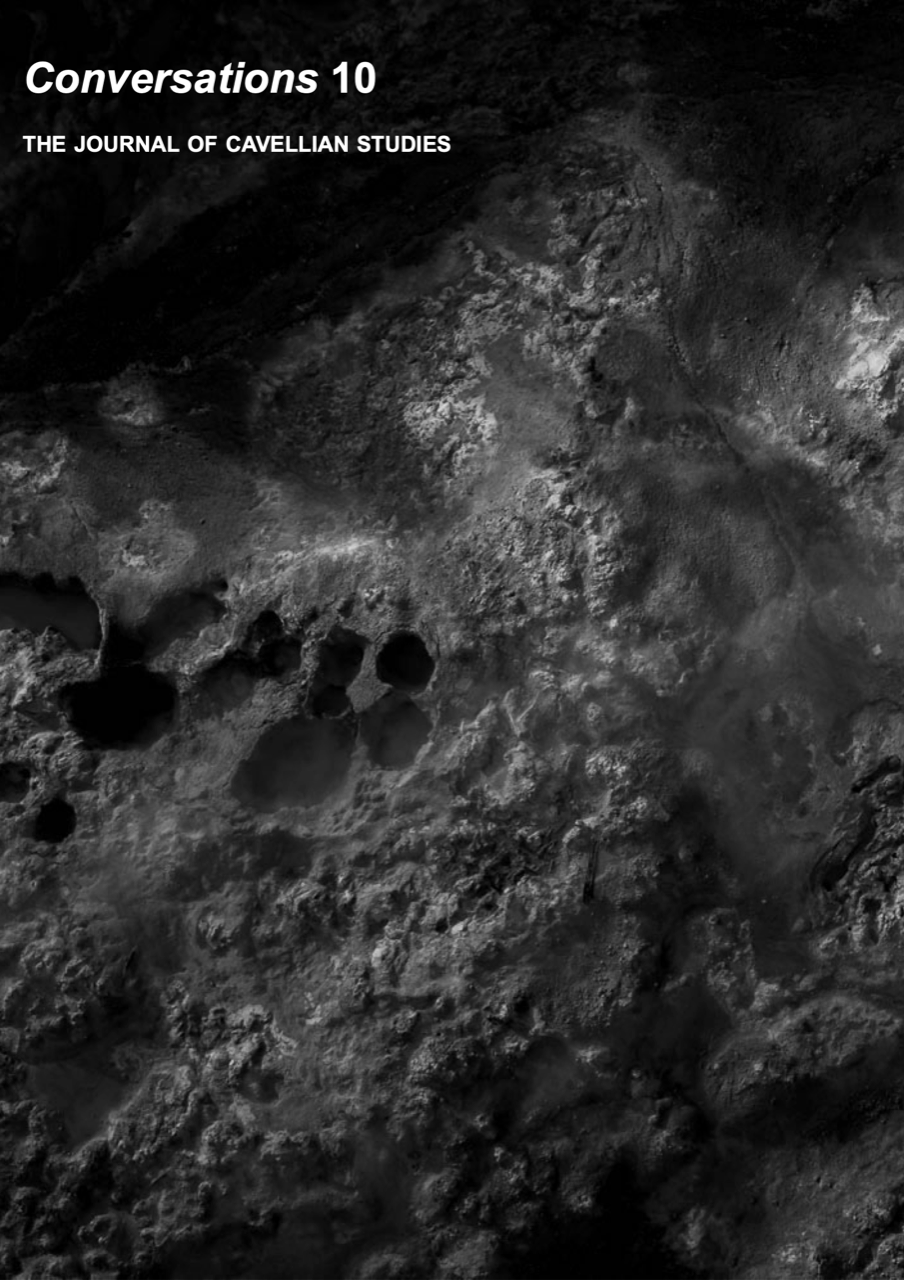The “New” in Science and Art
Explorations into the Two-Culture Divide through Kuhnian-Cavellian Thought
DOI:
https://doi.org/10.18192/cjcs.vi10.6612Abstract
Conventionality and novelty — these two concepts came to occupy a prominent role in the philosophical discussions on both sciences and the arts in the second half of the twentieth century. These domains had established themselves as two autonomous and very different expressions of human creativity. Though they represent two ways of interpreting the world, the two cultures getting polarized to the extent of denying any imbrications is an unpleasant scenario. Discourses addressing the growing divorce between the sciences and the arts began to take shape in the 1950s. In the science world, methodological pluralism and a consequent multiplicity of truth(s) shattered the positivist view of scientific progress as an advancement towards a single, unchanging, worldview. With “progress” in science itself becoming a dubious concept, the status of science as a progressive discourse began to look like an exaggerated claim. The absence of ahistorical, atemporal truth foregrounds conventions as the decisive factor for the knowledge claims constituting the body of science, as exemplified by Thomas Kuhn’s idea of the paradigm. Around this time, when the conventionality of knowledge was coming to prominence, similar ideas emphasizing the conventionality of art appeared in philosophical discourse.
Downloads
Published
Versions
- 2023-02-16 (2)
- 2023-01-29 (1)


